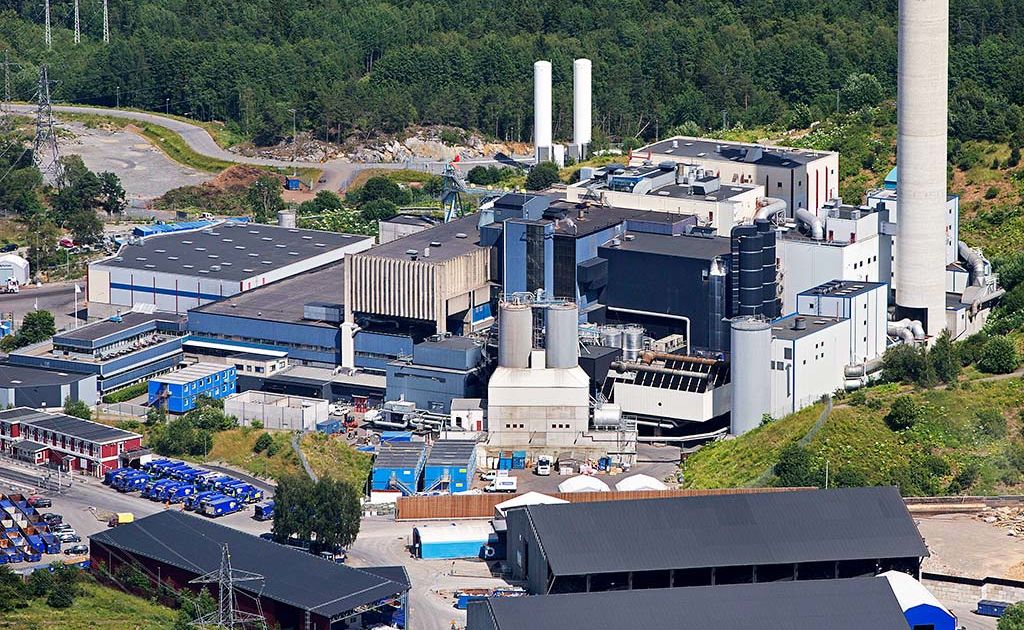I don't see the debate here. A lot of people think exactly one solution will win. That's just recency bias because we're all used to a specific model of largely one solution for consumers (petrol) and a similarly different solution for commercial sector (diesel). That's not how the future will unfold though. It'll be a spectrum with pure combustion of pure liquid fuels at one end. And pure batteries at the other. Some hybrid setup in the middle. Exact setup will depend on application and economy with movement over time towards EVs as batteries get cheaper. A simple rhetorical to think this through. If an electric RAV4 and a pure gas RAV4 were the exact same price (without subsidies), what would respective sales shares be? Battery price trends say this might go from hypothetical to a real question around 2030-2032.
But that's looking at the general case. Military applications, as we're discussing here are a whole different ballgame. The consideration isn't economic, it's mission suitability. The value of electrification (more specifically hybridization....nobody is really proposing pure electrics here) there is signature reduction enabling functionality like silent overwatch. Having a small buggy that can run sensors without running an engine and can mount an ATGM is a pretty useful asset. If you're using it to patrol MSRs, then obviously it's not great. But that's not appropriate use of such a system either.










